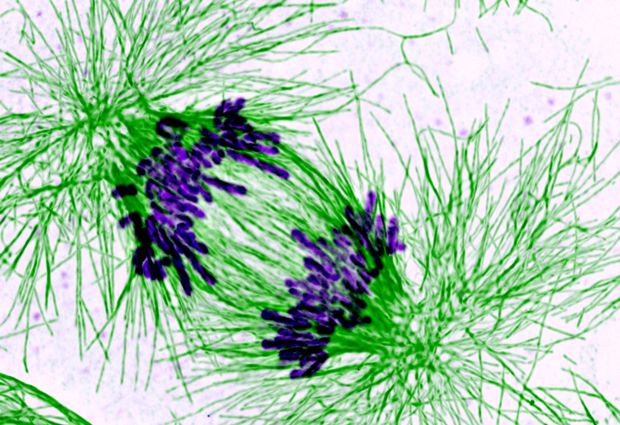
Cohesin: a glue for DNA
EMBL scientists discover how a component of the cohesin ring binds DNA

Before cell division begins, a newly replicated chromosome consists of two identical threadlike strands that are joined together. Responsible for holding these sister chromatids together is a ring-shaped protein complex called cohesin, possibly by embracing them within its ring. However, how cohesin might directly recognise DNA was unknown. Now, Yan Li and co-workers from the group of Daniel Panne at EMBL Grenoble have published the crystal structure of a cohesin subcomplex. The study shows that this complex directly engages the double helix. A stretch of amino acids on the surface of the cohesin component effectively ‘glues’ to the DNA.
Furthermore, in collaboration with the group of Christian Haering at EMBL Heidelberg, the scientists artificially altered these amino acids. This modified cohesin ring does not engage chromatids, thus preventing normal cell division. The results – published in eLife – therefore reveal a direct DNA attachment site in the cohesin complex. Further studies on cohesin and its engagement to chromatids will lead to deeper mechanistic insights into how this machinery contributes to cell division.
Daniel Panne is now working as a group leader at the University of Leicester, UK


